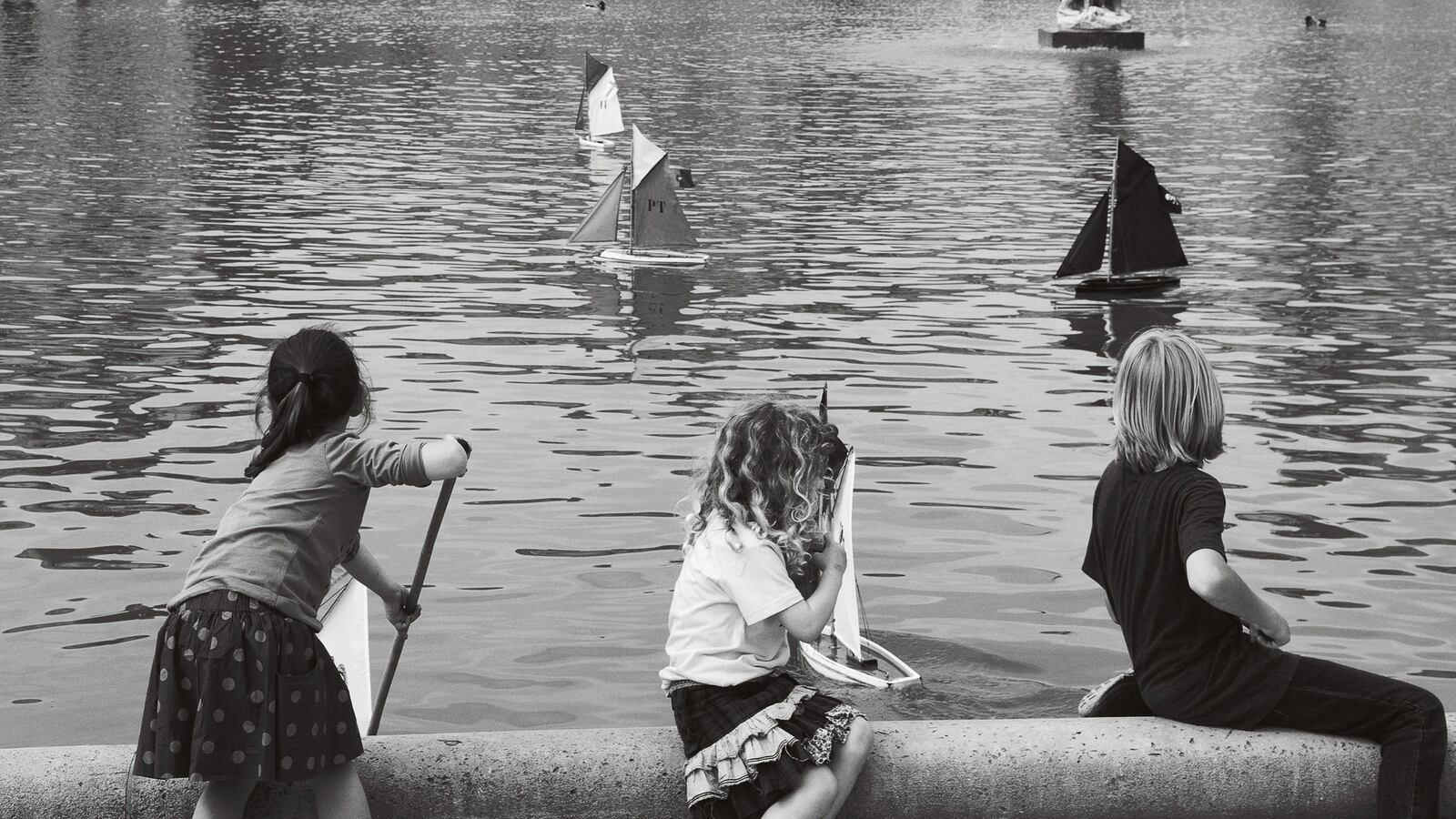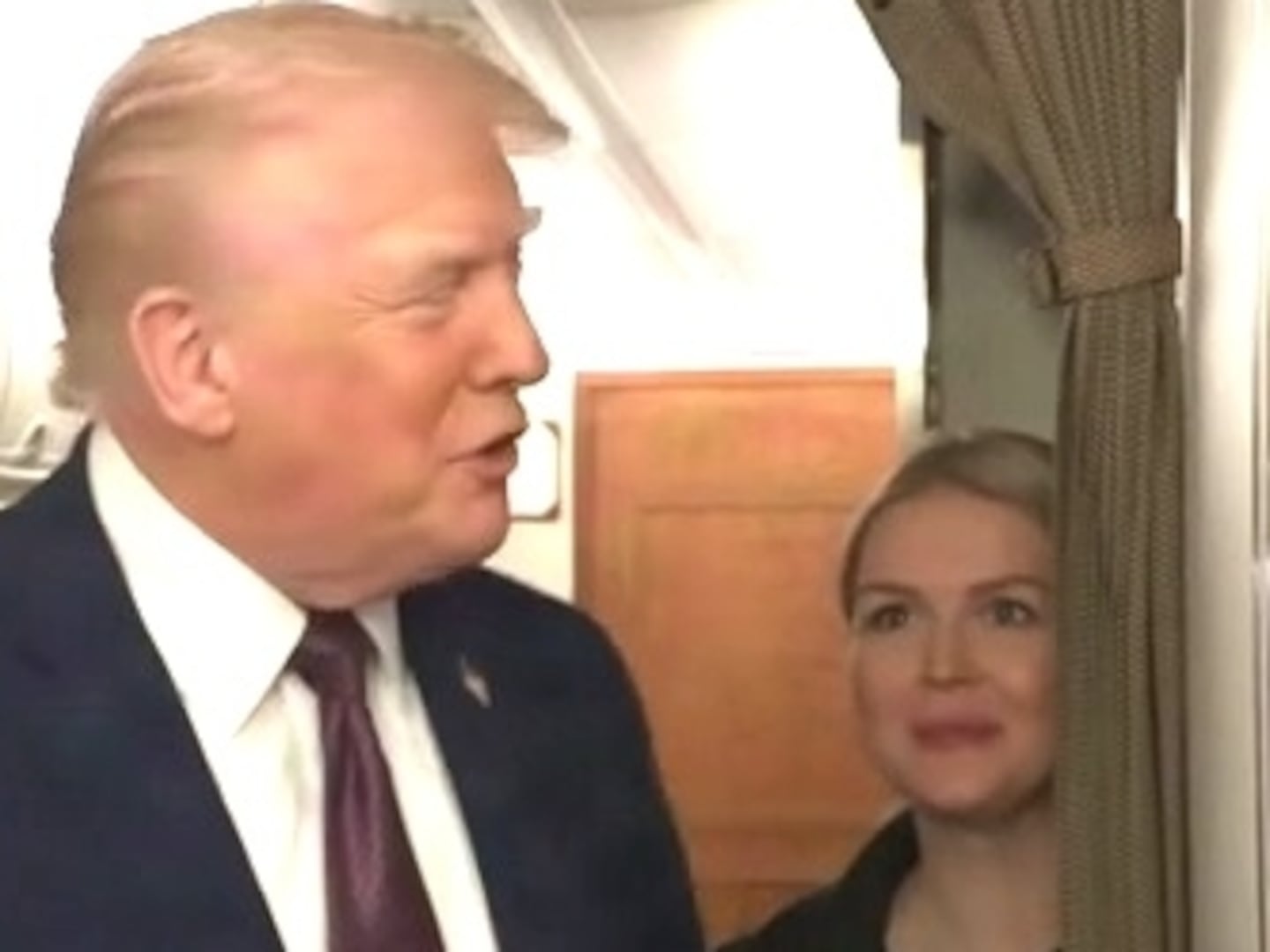Everybody knows it, that feeling of entering a park: peeling off the city streets and into that nourishing sense of calm. And then, after the kids on bikes, the joggers, and the dogs playing fetch have faded, the thrill of being perfectly alone sets in.

That feeling of calm greets you upon opening City Parks: Public Spaces, Private Thoughts, a glossy new collection of essays and photographs highlighting some of the most luscious and mysterious parks in the world. Edited by Catie Marron, Vogue contributor and former board chair of the New York Public Library, the book pairs great writers – Zadie Smith, Andre Aciman, and Pico Ayer among them – with celebrated urban parks. There’s Jonathan Alter on Lincoln and Grant Park in Chicago, Candice Bergen on Griffith Park in Los Angeles, and President Bill Clinton on Dumbarton Oaks in Washington, D.C.
“I really wanted to capture parks in their inherent mood, and not just in the summertime, when loads of people are there,” said Marron. And indeed, many of the photographs, taken by Oberto Gili, reflect the mood of each park as if it were a character with its own story.
The Tiergarten in Berlin, for example, is portrayed as beautiful but austere, pensive and brimming—as Marron puts it, with a “very strong, old world melancholy.” Norman Foster, an architect who had first flown over the Tiergarten in a Piper Navajo during the Cold War, wrote the accompanying essay. Writer Ahdaf Soueif describes Al-Azhar Park in Cairo, with its wide promenades and fountains, as the city’s green lung: “This is a garden that restores your humanity,” she writes. “It’s designed to give you – at every instant – both options and the space to choose among them.” In New York, Marron chose not to focus on Central Park (which she felt has been well-covered and too obvious), and instead focused on Prospect Park in Brooklyn and the High Line in Chelsea.
Some authors had unexpected connections with specific parks: for example, Marron was surprised to learn that Clinton still had such a strong bond with Dumbarton Oaks, the park he had first visited as a college student at Georgetown in 1964, and where he spent time with Hillary while she was Secretary of State. “Hillary and I have met people from all over the world at Dumbarton Oaks,” he writes, “Most curious tourists who introduce themselves, tell us where they’re from, politely ask for a photo, then continue their wandering and leave us to ourselves.”
As Zadie Smith writes in her essay about the Boboli Gardens in Florence, which she first visited as a young woman with her father, “No money has to be spent in a garden, and no awkward foreign conversation need be made, and no one things you odd or provincial if you consult your guidebook in front of a lake. In public parks it is a little easier to feel you belong.” And Marron, likening parks to public libraries, agrees: “They’re both free,” she says. “Very few spaces anymore in this world are free. You can escape the world, you can go and learn and create your own world there. They’re the most democratic spaces in America.”





